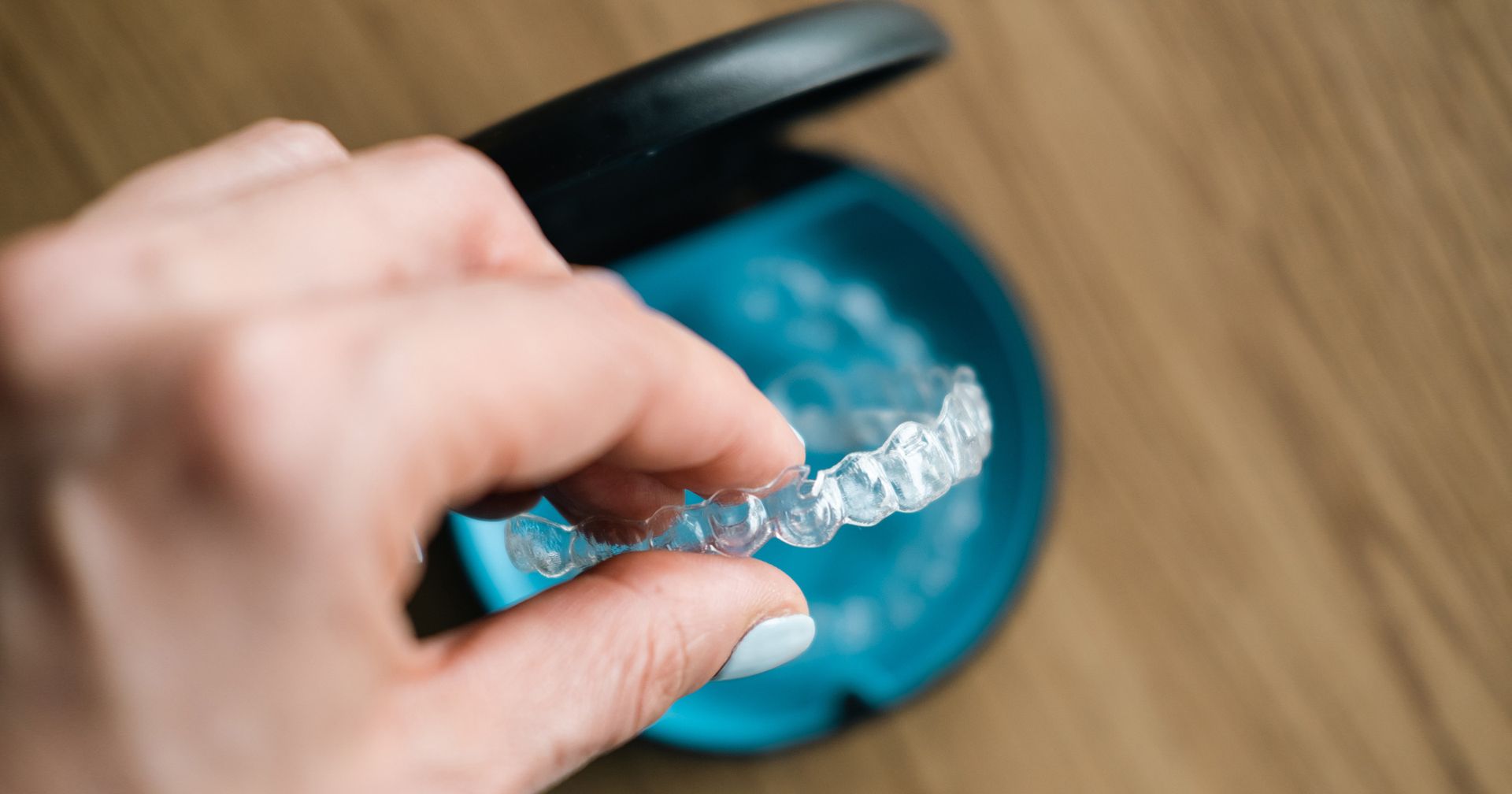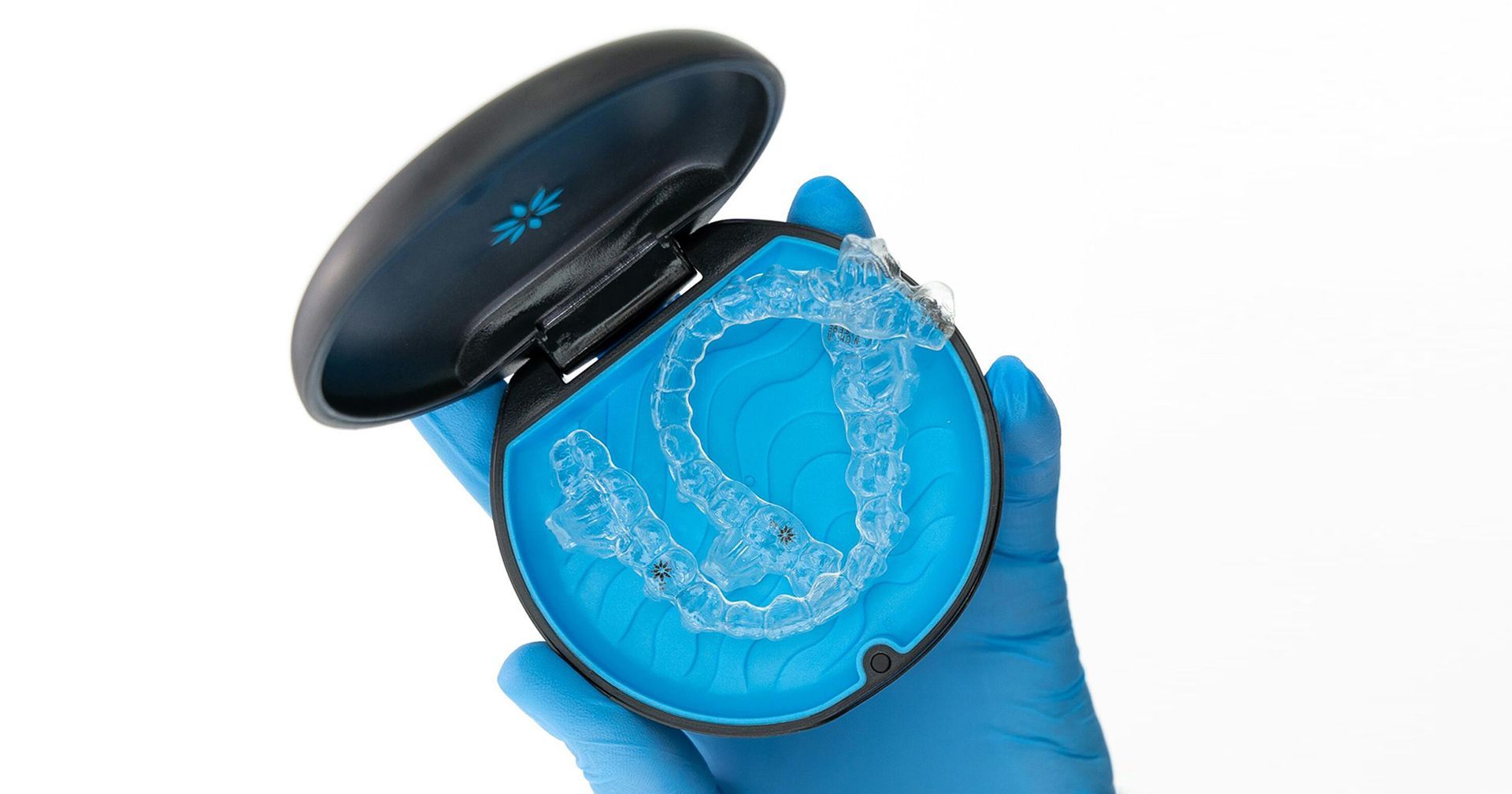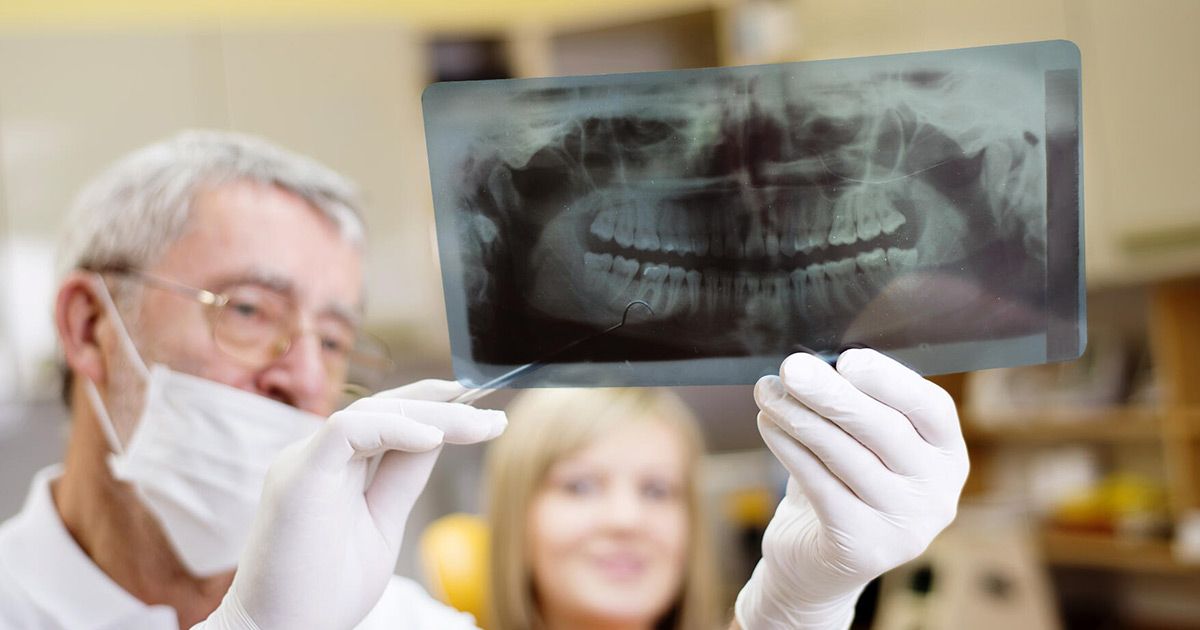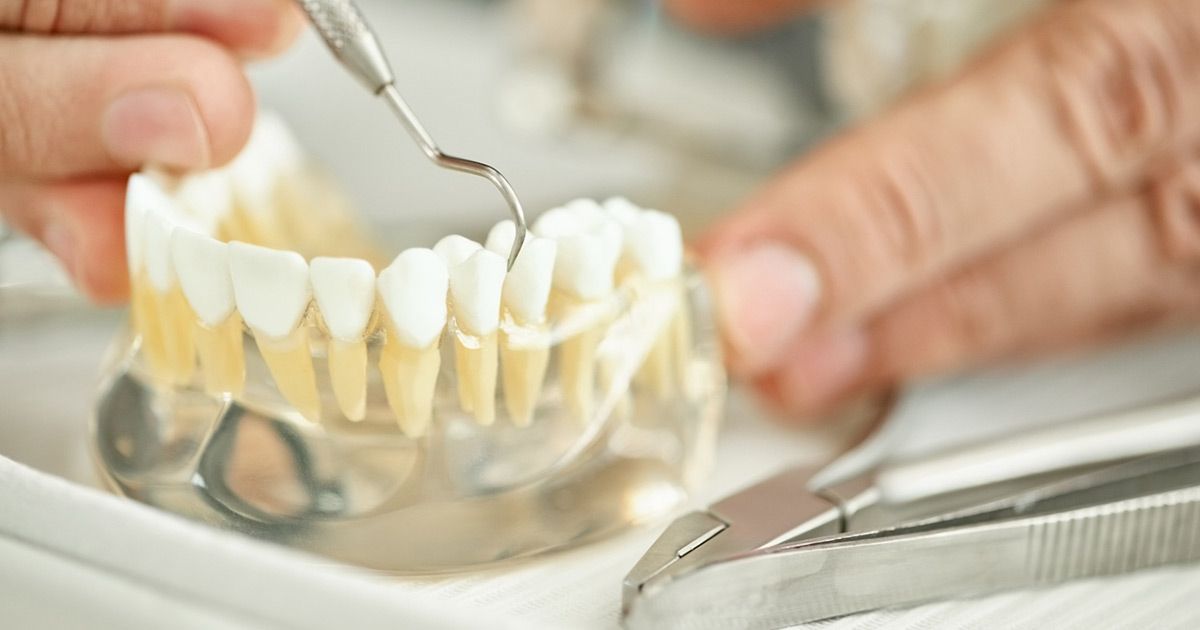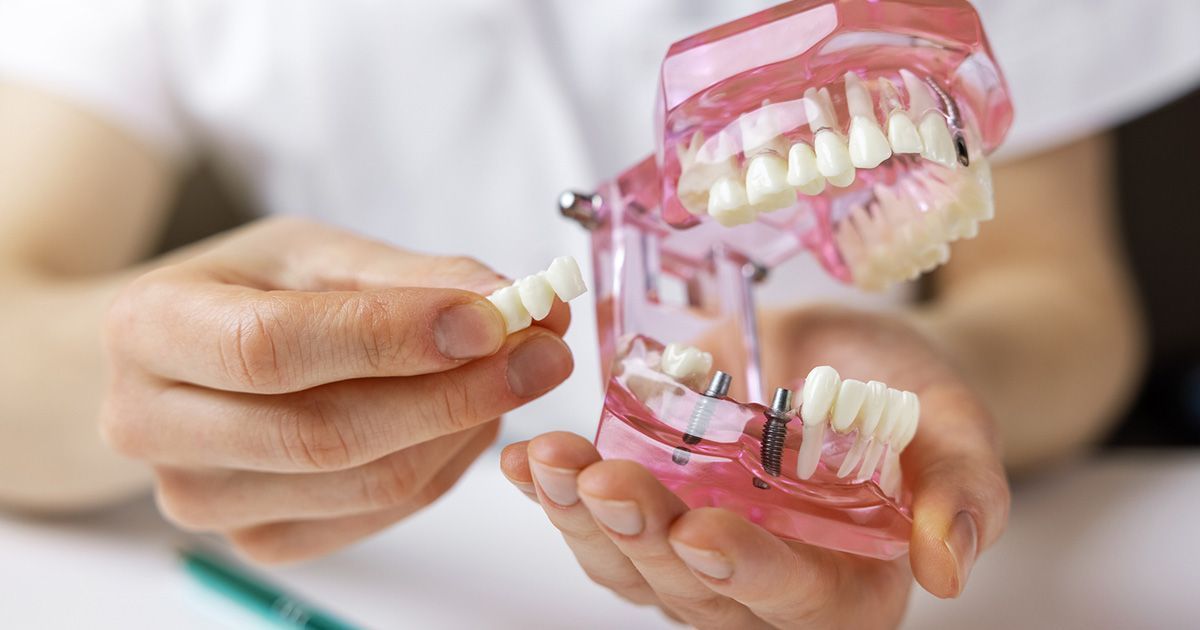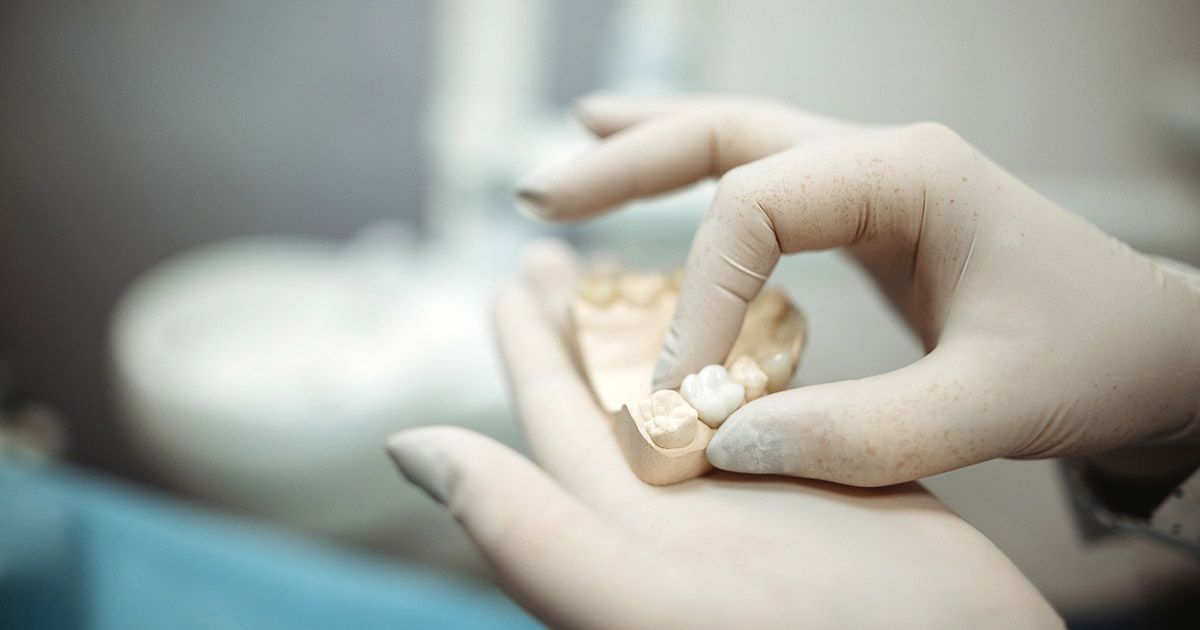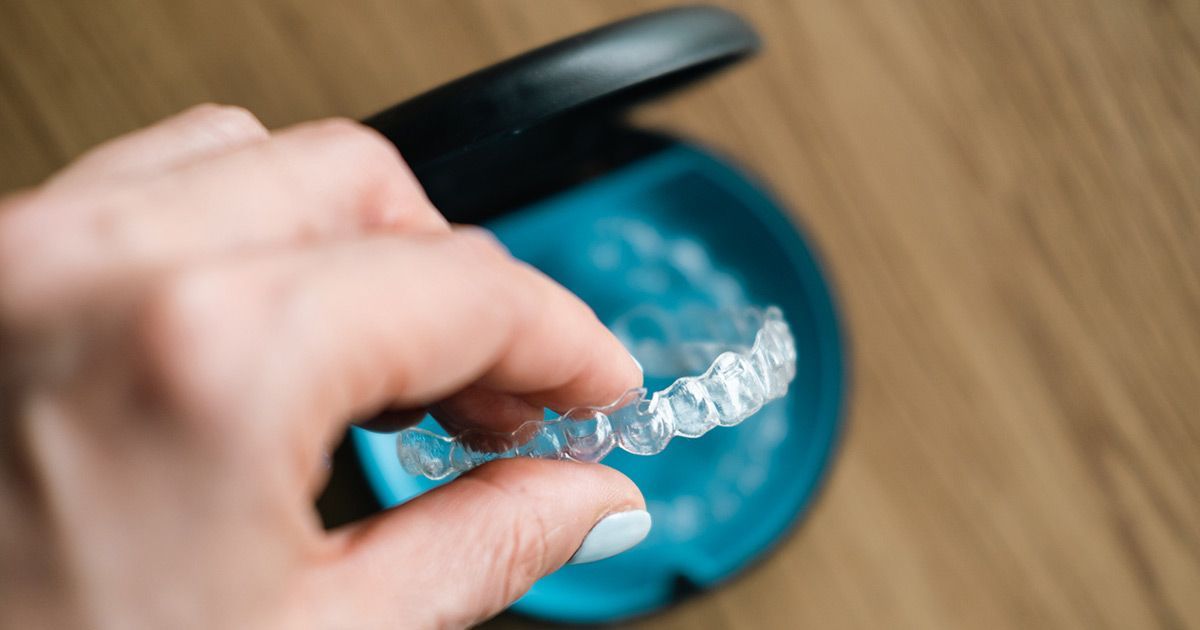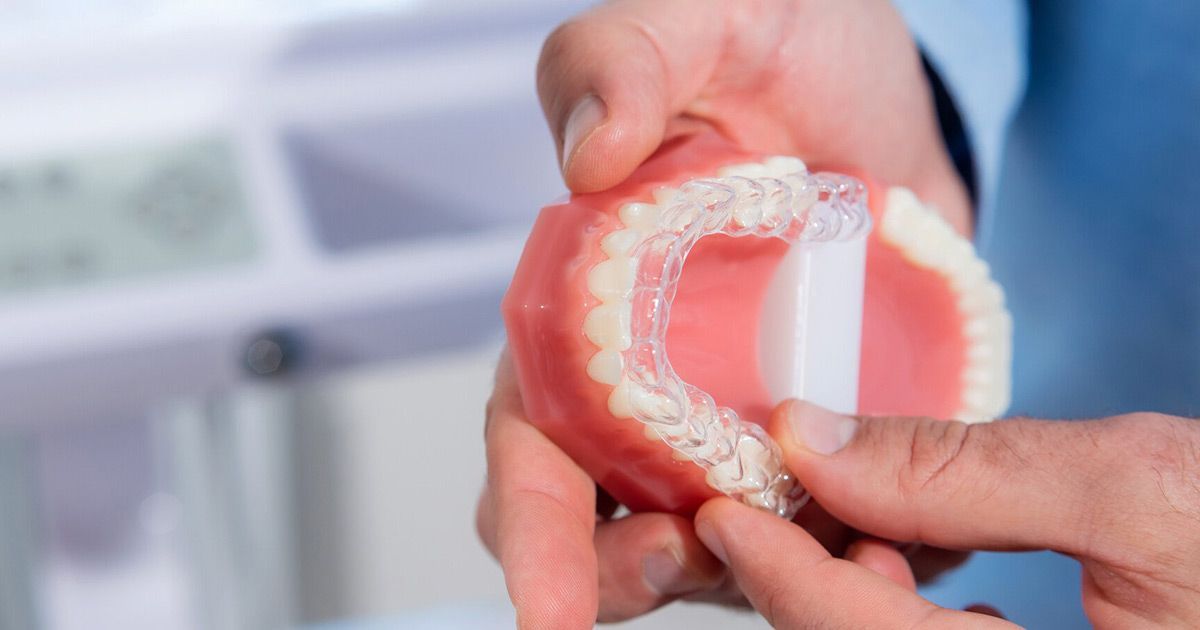What Are the Benefits of Dental Bridges?
There are several benefits of dental bridges that you should be familiar with. You can find out more by checking out our guide here..
Problems with missing or damaged teeth can cause you to lose confidence in your smile. Not only this, but they can also prove to be problematic when chewing. Having missing or broken teeth can also cause you to get infections and increase the likelihood of tooth decay.
One of the ways that you can repair your missing or damaged teeth is by having dental bridges fitted.
But, what are some dental bridges advantages and why should you have them?
In this article, we’ll look at the benefits of getting dental bridges as well as what is involved in the procedure.
What Are Dental Bridges?
How Do Dental Bridges Work?
What Are the Benefits of Dental Bridges?
- A dental bridge will restore the look of your smile by hiding any damage that has been done to your teeth
- Dental bridges reduce the chances of infections caused by oral hygiene issues surrounding the gap between your teeth
- A dental bridge will help to protect the integrity of any existing teeth
- Dental bridges prevent your remaining teeth from moving out of line which could bring about serious problems such as periodontal disease
- A dental bridge will restore your ability to properly chew and speak
How Is the Dental Bridge Procedure Performed?
How Should You Take Care of Your Dental Bridges?
What Are the Alternatives to Having Dental Bridges Fitted?
When it comes to getting missing teeth replaced it is vital that you explore all of your options before deciding on the best option for you. Before you elect to have any work carried out you should talk to your dentist so that you can learn about all of the options available.
Other options available may include:
- Full or partial dentures which consist of removable plastic or metal frameworks with false teeth attached
- Dental implants that consist of replacement teeth fixed in place to your jawbone using a titanium screw
Dental bridges provide a fixed and permanent solution to the problem of missing teeth. You won’t need to remove or insert your dental bridge as you would need to with dentures.
Unlike with dental implants, there is no need to have your replacement tooth screwed into place. The procedure is a less invasive option.
Make an appointment with your dentist to discuss the different options for replacing missing teeth.
Book Your Appointment Today
If you are interested in learning more about dental bridges or you would like to find out whether you are a suitable candidate for the procedure, Smile On Us Dental is here to help.
Our friendly and helpful dentist is here to make your experience as pleasant as possible.
Get in touch today to make an appointment and we’ll put the smile back on your face.

